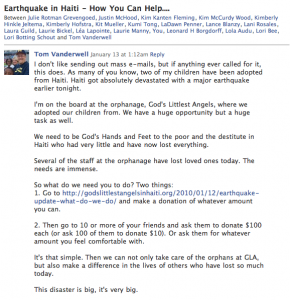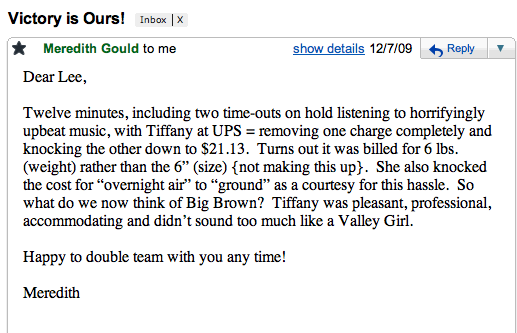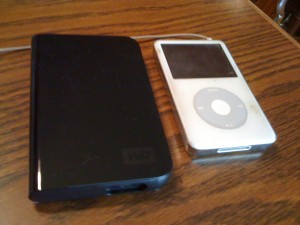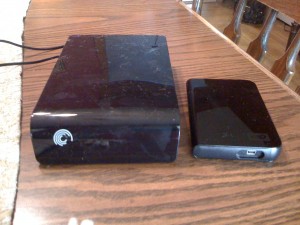The news about the Haiti earthquake is overwhelming. The devastation is unfathomable.
Visit msnbc.com for breaking news, world news, and news about the economy
In a disaster of this magnitude, we all want to help. But sometimes we can be come paralyzed, for a couple of basic reasons:
- We feel that with the greatness of the need, our contribution can’t make much of a difference, or
- We hear reports of Internet fundraising scams that use the disaster to defraud the generous.
While social media can be used to perpetrate the con jobs, their real power is to enable those who care to give meaningfully and with confidence.
You can give to charities endorsed by people you know, or by people the people you know, know.
I know that last sentence is really awkward, but take a minute to think about it. And while you’re thinking, here’s a story that will help drive it home.
I met Tom Vanderwell (@tvanderwell) last year via Twitter, as described here. Having met on Twitter on a Sunday night, we had coffee together in his home town, which is nearly 500 miles from mine, the following Wednesday. And when I returned to Grand Rapids, MI in August for my granddaughter Evelyn’s birthday, I went to Tom’s house to interview him via Flip video for this post on our Sharing Mayo Clinic blog.
While there, I met Tom’s youngest children, Abby and Isaac, whom he and his wife had adopted from Haiti. Cheryl and their older daughter were on a mission trip in Haiti at the time I visited him, which is why I needed to meet Tom at his home: he had to be there with his adopted kids. I also learned that Tom was involved as a member of the board of the Haitian orphanage, God’s Littlest Angels.
So when I got the message pasted at the top of this post from Tom yesterday via Facebook, I took notice. It brought the disaster one step closer to me, because I knew someone actively working to provide relief. And I knew that the projects he would be supporting would be well-run, economical and wouldn’t involve a lot of administrative overhead. In short, I knew that whatever I gave would be well spent.
As you’ll note, Tom also asked us to invite friends to help, whether it’s 10 people giving $100 or 100 giving $10.
That’s where you come in.
I’m not going to suggest what you should give. You need to decide that on your own.
But I do want to assure you that whatever you send for God’s Littlest Angels will be used well, to meet real needs.
This shows something of the power of social media, in that through Twitter Tom and I created a personal relationship that led to meeting in real life, and also to maintaining that relationship through Facebook. And you should check out this post Tom did on another blog, about how he has been using social media in the aftermath of the earthquake, and how through Twitter he got the director of the orphanage in touch with @AnnCurry of NBC, which led to the Today story embedded above.
So now I’m inviting you to join me in a “Six Degrees of Trust” experiment.
- I know and trust Tom
- You know me (if you’ve been reading my blog regularly) and hopefully trust my judgment.
- You have your own circle of friends on Facebook, and followers on Twitter, who know and trust you.
- Your friends likewise have friends and followers.
- …who have friends and followers…
- …who have friends and followers…
So whereas Tom had some suggested steps for us who are his friends, here’s what I’m asking you:
- Give what you can to help God’s Littlest Angels. I have embedded the contribution widget at the bottom of this post.
- Post the link of this post to your Facebook wall, or send it directly to selected friends on Facebook.
- Send a Tweet about this effort. Here’s some suggested text you could copy and paste: Six Degrees of Trust: People you know helping orphans in #haiti #godslittlestangels http://bit.ly/4Fmtq1
I talked with Tom briefly this evening via Skype. He said the orphanage is currently over capacity, with 160 kids. Given the deaths resulting from this earthquake, it’s likely there will be dozens more children needing housing and help. I hope you’ll take a few moments now to help provide that help.






